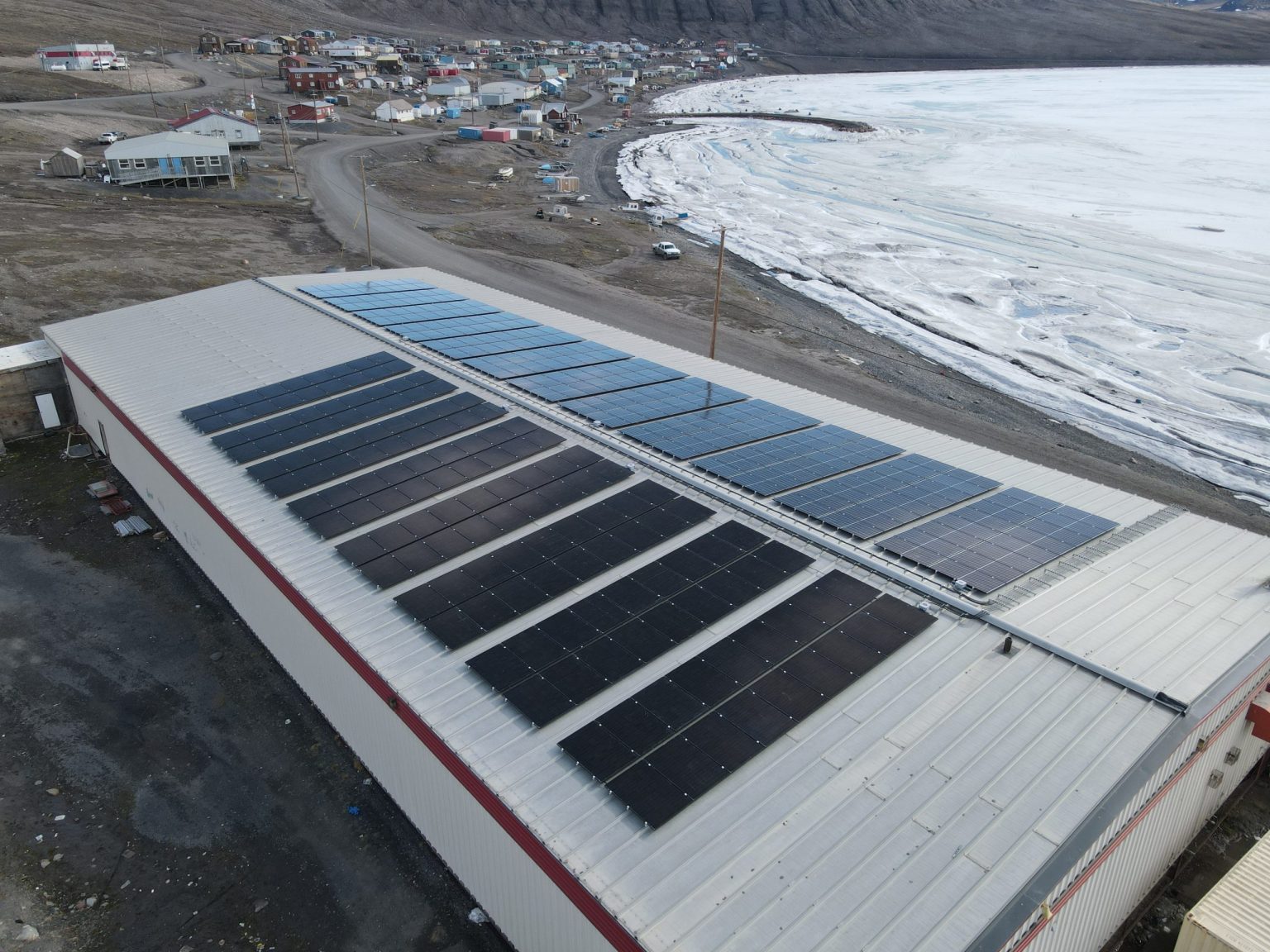Nunavut’s energy transition is underway.
Across the territory, more solar projects are coming online. Some are small, and some large, but each one provides lessons for how more sustainable energy sources can work in Nunavut’s unique environment.
However, it is important to remember that we are still in the early stages of this important transition.
Today, diesel remains the backbone of Nunavut’s electrical grid. Every community relies on it, and that won’t change overnight. Reliable power is essential for safety and daily life, and for now, diesel generators provide that certainty.
But a transition is underway, and even though we are not yet able to reduce our use of diesel, it does not mean progress is not happening. On the contrary, the growth of solar power is showing that Nunavut is steadily laying the groundwork for a more sustainable energy future.
In recent years, solar power installations have increased in both number and size across Nunavut. Today, Nunavut has a growing number of installations on both public buildings, local businesses, and residential homes. Solar projects have been installed in Kugluktuk, Gjoa Haven, Grise Fiord, Naujaat, Rankin Inlet, Pond Inlet, Clyde River, and Iqaluit. Mining companies are installing them, and over 400 Nunavummiut across the territory have installed solar panels on their cabins through the Climate Change Secretariat’s Renewable Energy Cabin Grant Program (Renewable Energy Cabin Grant Program Guide | Climate Change Secretariat).
These projects, whether modest residential systems or larger community-scale installations, all play a role in testing what works best in Nunavut. Each new system adds to a growing body of knowledge about how solar interacts with our community power grids and diesel generators, how our power grids need to adapt to changing demands, and what operational challenges are emerging at the community scale.
The purpose of this stage of the transition is not immediate diesel reduction, it is about proving technology and working out the details. Every kilowatt of renewable power generated is one less that must come from diesel, even if the diesel tanks still need to be filled for backup and security.
Transitioning to renewable energy in Nunavut is not like flipping a switch. It requires planning, testing, and patience. Solar panels perform differently in the Arctic than in southern Canada. Factors such as long winter nights, extreme cold, and the logistics of shipping and maintaining equipment all affect performance. By starting small and scaling up, communities and the Qulliq Energy Corporation can build confidence that renewable systems can be reliable here.
What is most encouraging is that solar power in Nunavut is no longer just an experiment—it is becoming part of our energy landscape. Independent Power Producer and Net Metering programs now allow community and Inuit-owned projects to sell power back to the grid, creating new opportunities for local leadership in the transition.
Each project completed and connected represents a step forward on the path to greater energy independence. These successes are worth celebrating. They show that change is possible and that Nunavut is taking important steps toward a future where renewable energy plays a bigger role in meeting our energy needs.
While diesel is not going away tomorrow, the progress of solar energy projects across the territory demonstrates that Nunavut is preparing for a more sustainable, resilient, and locally driven energy future. This is only the beginning, and with each step, the path forward becomes clearer.
Arctic Bay Solar Project (Photo Credit - Green Sun Rising - greensunrising.com)